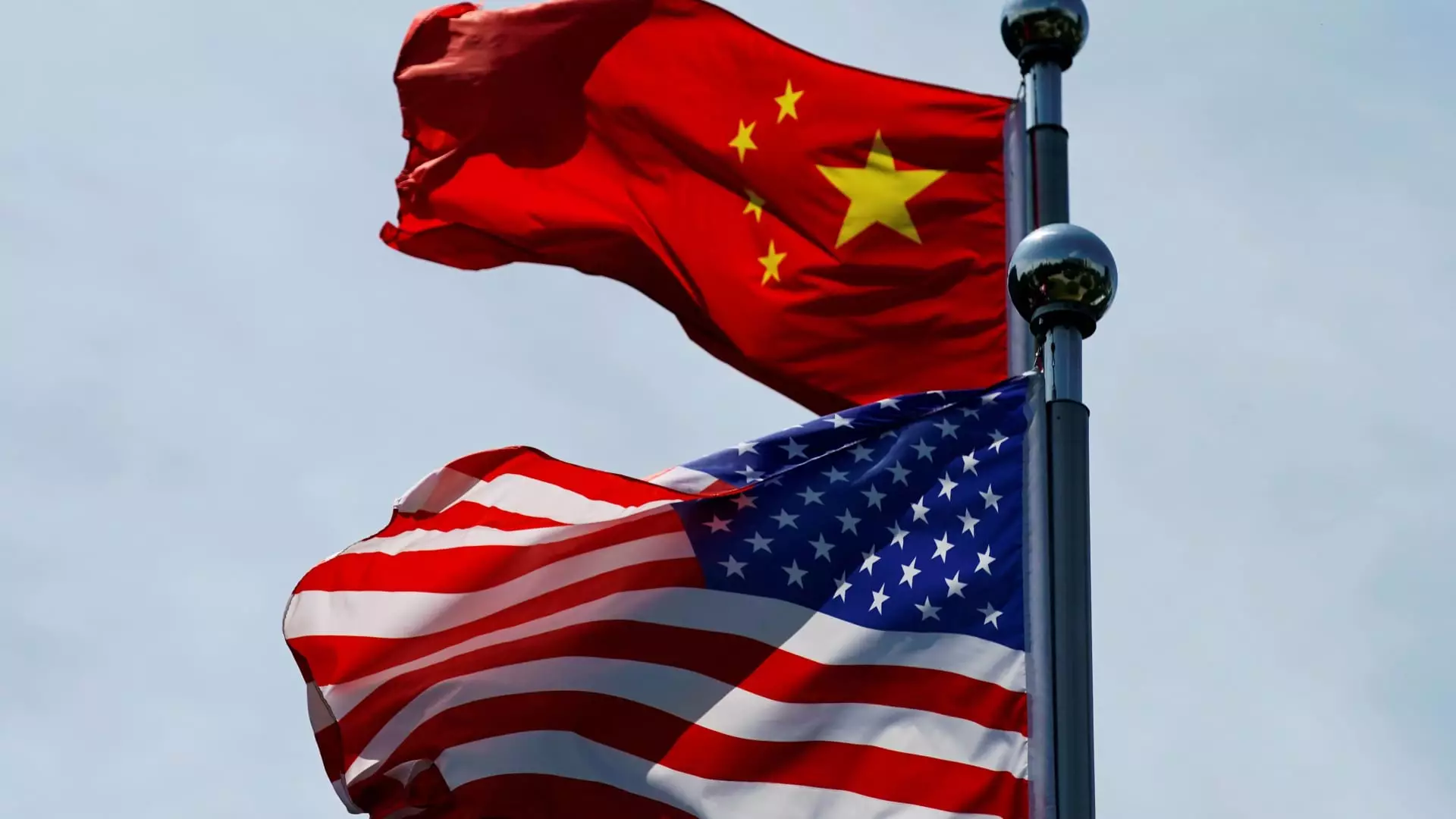The economic environment surrounding international trade has become more complex during and after the tenure of former President Donald Trump. His bold proposals to impose additional tariffs on countries such as China, Mexico, and Canada have sparked spirited debates among economists and policymakers alike. This article delves into the nuances of these proposed tariff increases, their potential consequences on the global trade landscape, and the broader implications for diplomacy.
In an era characterized by increasingly interconnected economies, President-elect Trump’s declaration on his social media platform regarding a proposed 10% tariff on all Chinese imports can be seen as a radical shift from the norms of international trade agreements. This move represents a continuation of his agenda aimed at renegotiating trade relationships perceived as unfavorable to the United States. Notably, Trump’s previous pledge to impose a staggering 60% tariff on Chinese goods highlighted his unyielding approach to trade negotiations and underscored his administration’s commitment to protect American industries.
Trump’s rationale for these tariffs primarily revolves around two critical issues: illegal immigration and the influx of illicit drugs such as Fentanyl from China and Mexico. The synthetic opioid crisis in the United States has led to an alarming number of overdoses and fatalities, and Trump’s decision to impose tariffs underlines a broader attempt to leverage economic pressure as a tool for addressing public health crises.
The proposed tariffs could have significant repercussions for diplomatic relations between the United States and its counterparts. Historically, trade wars have engendered retaliatory measures from the affected countries. However, analysts express skepticism about whether China will respond aggressively to Trump’s proposed increased tariffs. Andy Rothman from Matthews Asia contends that “China has not typically responded aggressively,” possibly indicating a preference to engage through dialogue rather than escalating tensions with direct retaliatory tariffs.
The dynamic between U.S. and Chinese trade relations is particularly important given their positions as major global economic players. The delicate balance between cooperation and competition could be disrupted significantly by unilateral tariff increases that provoke defensive responses from China. In effect, a trade conflict could deter investment and destabilize not only the American economy but also the global market.
Economic experts have raised concerns that the proposed tariffs might ripple through various sectors of the U.S. economy, ultimately leading to higher prices for consumers. Kinger Lau, a chief equity strategist at Goldman Sachs, suggests that the proposed 10% tariff on Chinese goods is less dramatic than market anticipations of a 20% to 30% tariff rate, hinting at potential flexibility in the negotiations. However, it is essential to recognize that higher tariffs usually lead to increased production costs, which may be passed on to consumers in the form of higher retail prices.
Moreover, businesses heavily reliant on imports from China may face greater operational challenges, which could compel them to seek alternative suppliers or invest in domestic production, further complicating the economic landscape. Such shifts can catalyze disruptions across supply chains, resulting in longer-term ramifications for American industries, including manufacturing and retail.
As the world watches closely, it remains to be seen how the proposed tariffs will shape not only U.S. trade policy but also its role on the global stage. The challenge, moving forward, lies in negotiating a balanced approach that recognizes the importance of maintaining cooperative international relations while addressing legitimate concerns related to trade deficits and public health crises.
Intra-national dialogue and collaboration will be pivotal to navigating the complexities of these relationships. Policymakers must weigh economic strategies against the backdrop of diplomatic considerations to find pathways that foster long-term stability. Striking a balance between protectionism and genuine cooperation may ultimately yield a more robust global economy that benefits all parties involved.

